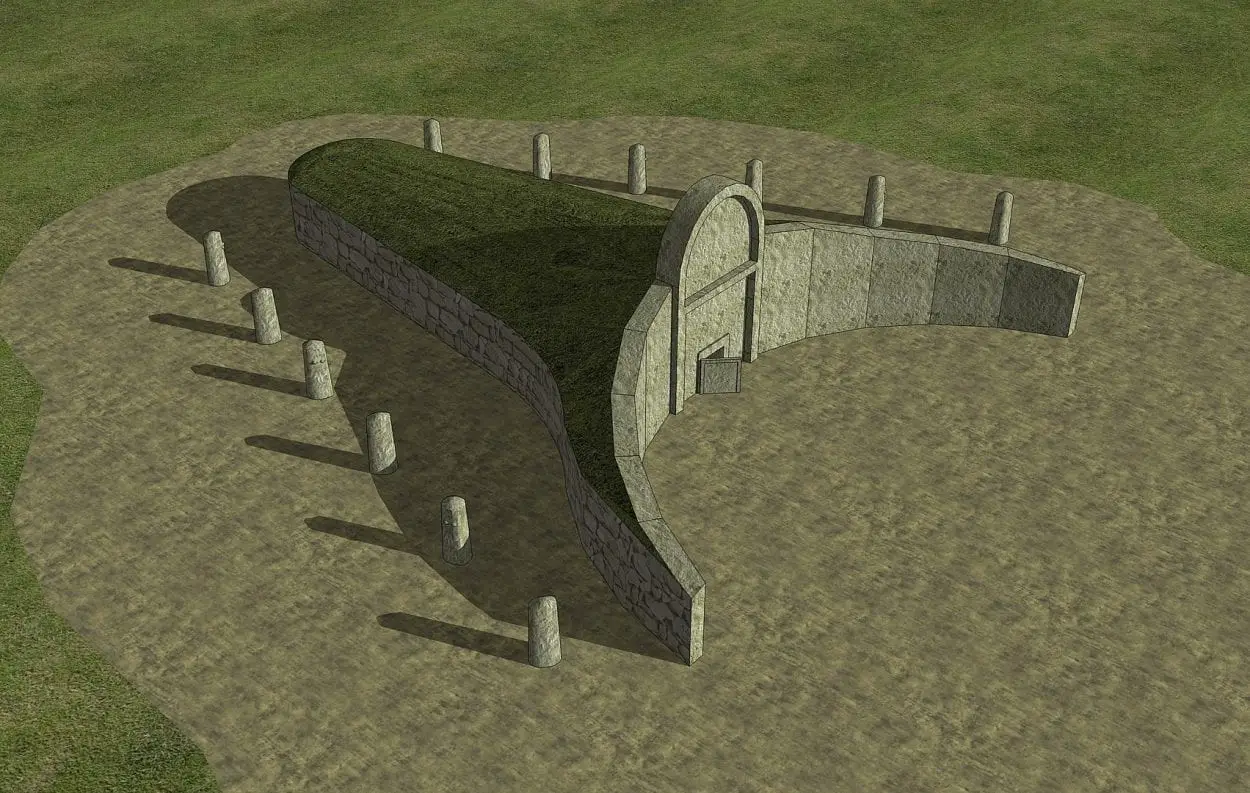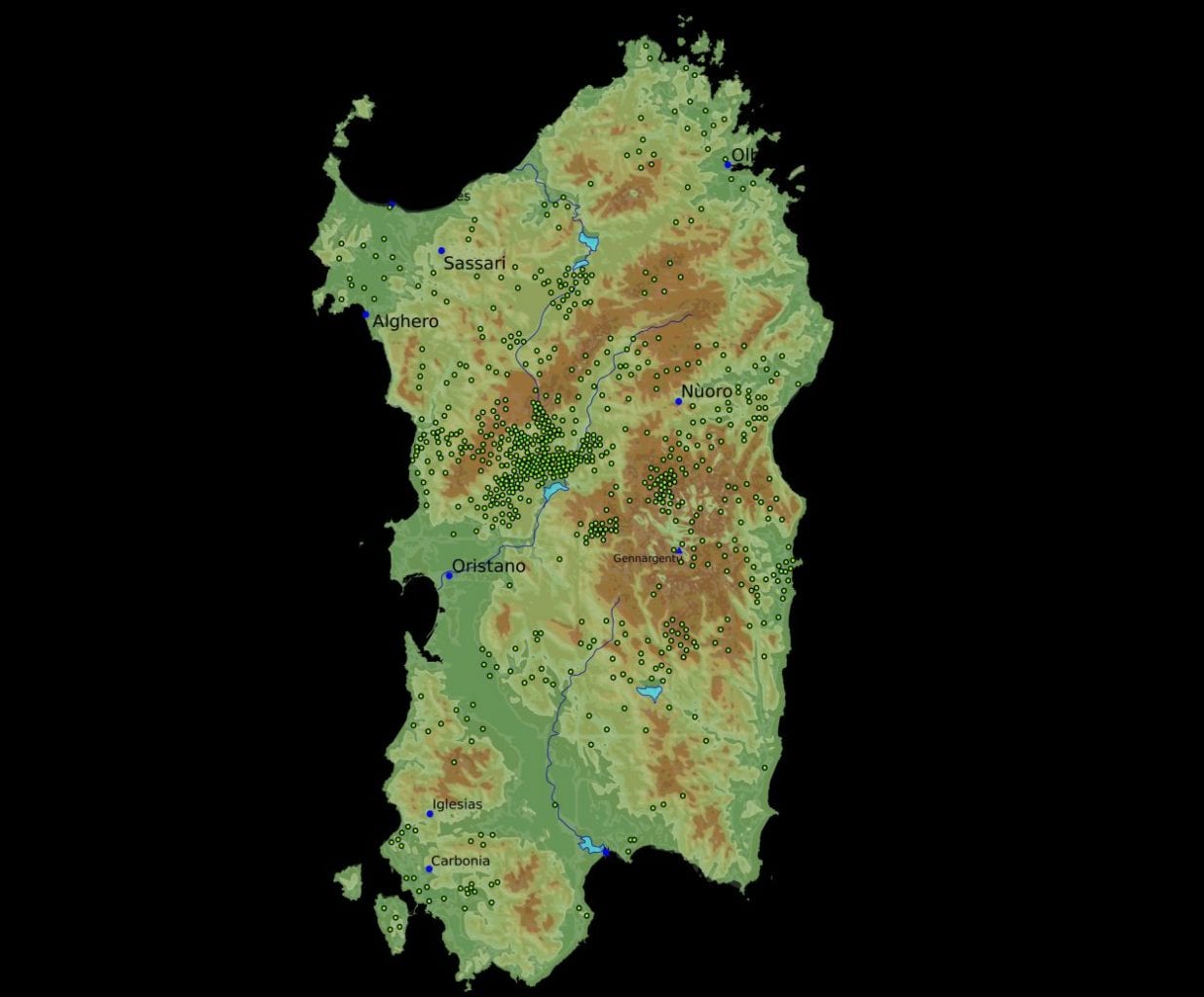The Giants’ Graves or Giants’ tombs, refers to the collective of tombs scattered throughout modern-day Sardinia, that feature a type of megalithic gallery grave built by the Nuragic civilisation.
The Nuragic were a Bronze Age culture, that emerged around 1800 BC after the previous proto-nuraghe period. They constructed thousands of truncated cone shaped towers called “nuraghe”, (which the name “Nuragic” is derived from), which historians generally now agree were defensible homesteads.
Religion had a strong role in Nuragic society, which has led scholars to the hypothesis that the Nuragic civilisation was a theocracy, where the system of government was controlled by priests in the name various cults, dedicated to deities such as a Mother Goddess and a God-Father (Babai).
Throughout the second millennium and early 1st millennium BC, Sardinia was inhabited by a single uniform Nuragic cultural group, but contemporary Roman accounts later document numerous Nuragic tribes such as the Balares, the Corsi and the Ilienses, that often fought for control of over the most valuable land.

Across Sardinia, the Nuragic built over 800 Giants’ Graves, either in the so-called “slab type” centred on a stele with a doorway cut through it, and uncut slabs buried on end in the ground in a linear arrangement, or the “block type” made of rectangular-cut blocks.
The plan of the Giant’s Graves was usually in the shape of the head of a bull, with stone sculptures known as betili (a menhir, sometimes featuring crude depiction of male sexual organs, or of female breasts) erected near the entrance.

One of the largest Giant’s Graves is found at Coddu Vecchiu near Arzachena, consisting of a of a stele, stone megaliths, and a gallery grave that was built around 1800–1600 BC during the early Nuragic period
In most places where the Giant’s Graves were constructed, contemporary settlements or nuraghe associated to the graves are extremely rare, which has led archaeologists to speculate that they functioned not only for burial, but as a centre for religious and ceremonial gatherings. Some theories also suggest that the competing tribes built the Giant’s Graves to delimit territorial boundaries, or for a cosmological purpose.
By around 1150 BC, construction and burial in Giants’ Graves was substituted by pit graves, along with the construction of the nuraghe, many of which were abandoned or partially dismantled.
Header Image Credit : Francesco Cubeddu – CC BY-SA 4.0







